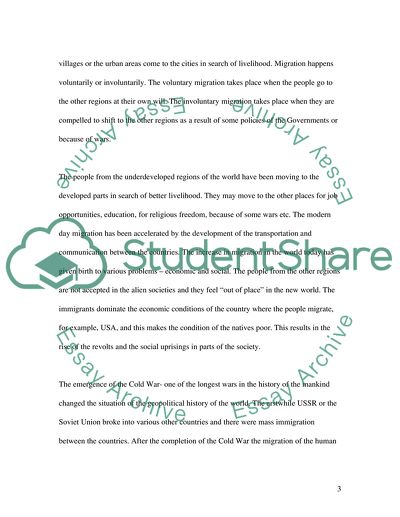Cite this document
(Why has Migration Become a Political Aspect in the Post Cold War Research Paper, n.d.)
Why has Migration Become a Political Aspect in the Post Cold War Research Paper. Retrieved from https://studentshare.org/politics/1737618-why-has-migration-become-a-political-aspect-in-post-cold-war-world-is-there-anything-new-about-it
Why has Migration Become a Political Aspect in the Post Cold War Research Paper. Retrieved from https://studentshare.org/politics/1737618-why-has-migration-become-a-political-aspect-in-post-cold-war-world-is-there-anything-new-about-it
(Why Has Migration Become a Political Aspect in the Post Cold War Research Paper)
Why Has Migration Become a Political Aspect in the Post Cold War Research Paper. https://studentshare.org/politics/1737618-why-has-migration-become-a-political-aspect-in-post-cold-war-world-is-there-anything-new-about-it.
Why Has Migration Become a Political Aspect in the Post Cold War Research Paper. https://studentshare.org/politics/1737618-why-has-migration-become-a-political-aspect-in-post-cold-war-world-is-there-anything-new-about-it.
“Why Has Migration Become a Political Aspect in the Post Cold War Research Paper”, n.d. https://studentshare.org/politics/1737618-why-has-migration-become-a-political-aspect-in-post-cold-war-world-is-there-anything-new-about-it.


